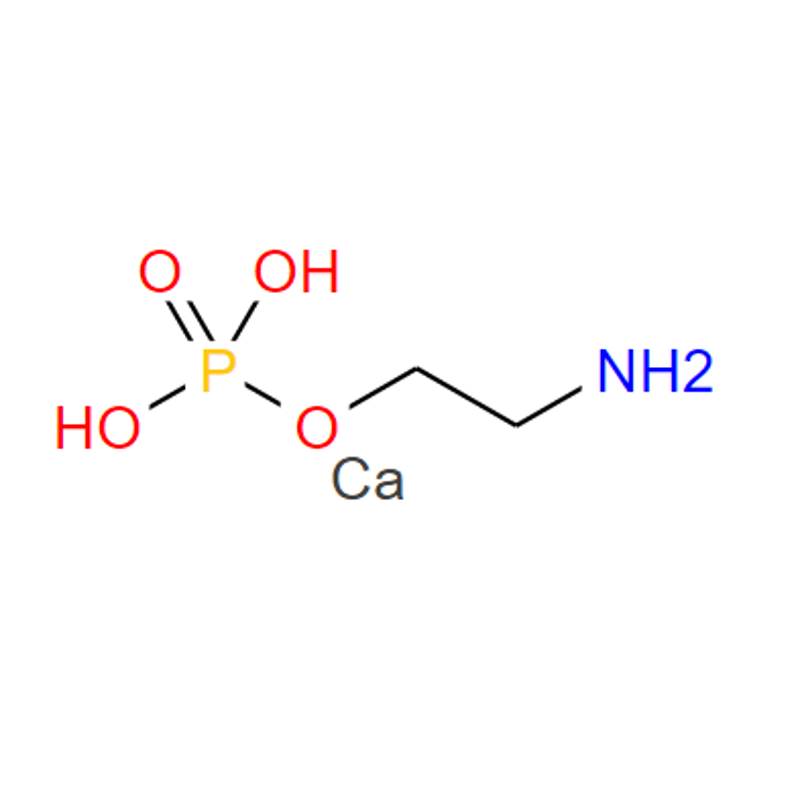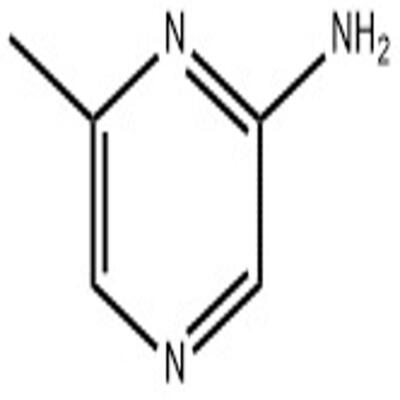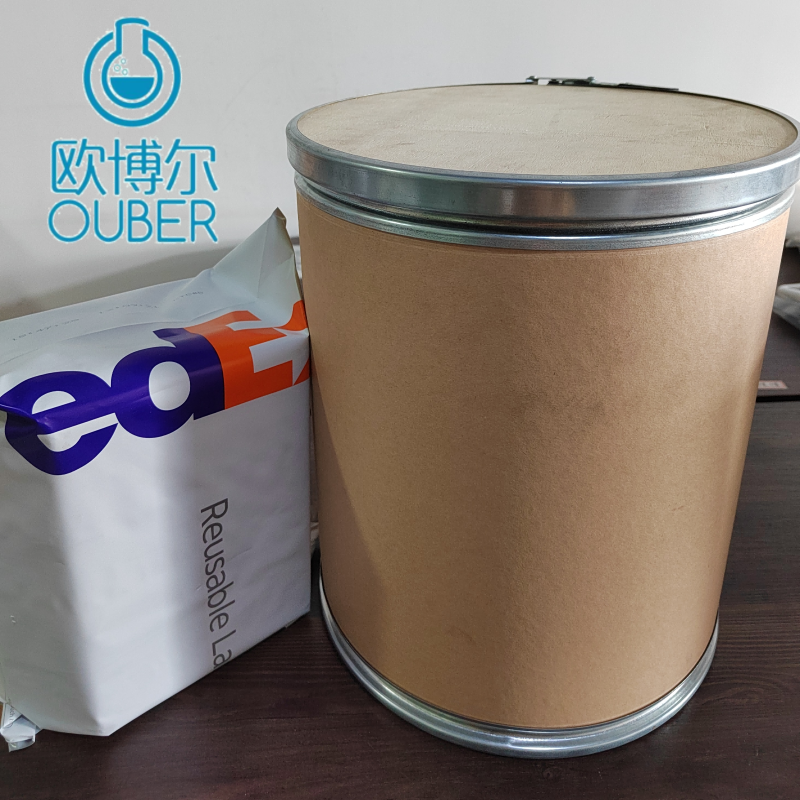-
Categories
-
Pharmaceutical Intermediates
-
Active Pharmaceutical Ingredients
-
Food Additives
- Industrial Coatings
- Agrochemicals
- Dyes and Pigments
- Surfactant
- Flavors and Fragrances
- Chemical Reagents
- Catalyst and Auxiliary
- Natural Products
- Inorganic Chemistry
-
Organic Chemistry
-
Biochemical Engineering
- Analytical Chemistry
-
Cosmetic Ingredient
- Water Treatment Chemical
-
Pharmaceutical Intermediates
Promotion
ECHEMI Mall
Wholesale
Weekly Price
Exhibition
News
-
Trade Service
2-Amino-4-chloro-5-formyl-3-thiophenecarbonitrile, also known as typhoidal, is an important organic compound that is used in various industrial applications.
Its production process involves several steps that require careful planning and execution to ensure the quality of the final product.
In this article, we will explore the production process of 2-amino-4-chloro-5-formyl-3-thiophenecarbonitrile in detail.
Step 1: Preparation of Raw Materials
The production of 2-amino-4-chloro-5-formyl-3-thiophenecarbonitrile involves the use of several raw materials, including thiophenecarboxylic acid, ammonia, hydrogen chloride, and sodium nitrite.
These raw materials are procured from reliable suppliers and stored in a safe and secure manner until they are needed for production.
Step 2: Reaction of Thiophenecarboxylic Acid and Ammonia
The first step in the production of 2-amino-4-chloro-5-formyl-3-thiophenecarbonitrile involves the reaction of thiophenecarboxylic acid and ammonia in the presence of a solvent such as water or methanol.
The reaction produces an intermediate compound, which is further processed to produce the final product.
Step 3: Formation of Intermediate Compound
The intermediate compound produced in step 2 is then subjected to a series of reactions to form the final product.
This involves the addition of hydrogen chloride to the intermediate compound, followed by the addition of sodium nitrite.
The reactions are carried out in the presence of a solvent such as acetonitrile or dichloromethane.
Step 4: Recrystallization of the Product
After the reactions are complete, the product is isolated by crystallization.
This involves dissolving the product in a solvent such as toluene or xylene and then allowing the solvent to evaporate, leaving behind crystals of the final product.
The crystals are then purified by recrystallization in a fresh solvent.
Step 5: Packaging and Storage
The final product is then packaged into appropriate containers, such as plastic or glass bottles, depending on the intended use.
The product is stored in a cool, dry place to maintain its quality and stability.
Quality Control and Safety Measures
To ensure the quality of the final product, various quality control measures are implemented during the production process.
These include regular testing of raw materials, intermediates, and the final product for purity and stability.
Safety measures are also observed to prevent accidents and ensure the safety of workers and the environment.
Advantages and Applications of 2-Amino-4-chloro-5-formyl-3-thiophenecarbonitrile
2-Amino-4-chloro-5-formyl-3-thiophenecarbonitrile has several advantages that make it a popular choice for various industrial applications.
Its high reactivity and stability make it an ideal building block for the synthesis of various chemicals and pharmaceuticals.
It is also used as an intermediate in the production of dyes, pigments, and other industrial chemicals.
In conclusion, the production of 2-amino-4-chloro-5-formyl-3-thiophenecarbonitrile involves several steps that require careful planning and execution to ensure the quality of the final product.
The compound has several applications in various industrial fields and is an important building block for the synthesis of other chemicals and pharmaceuticals.
Its production requires the use of various raw materials and the implementation of safety measures to ensure the safety of workers and the environment.







